Peizhai: A Village Springs Forward

Peizhai Village nestles deep in the southern Taihang Mountains in central China. Administered by Zhangcun Township of Huixian City, Peizhai is located in an area with the scarcest water resources in northern Henan Province. It also lacks convenient transportation infrastructure and useful natural resources. The small village lived on cultivation of the hardiest crops, such as wheat and sweet potatoes, due to water shortages for generations. In 2006, its annual per capita income averaged less than US$145.
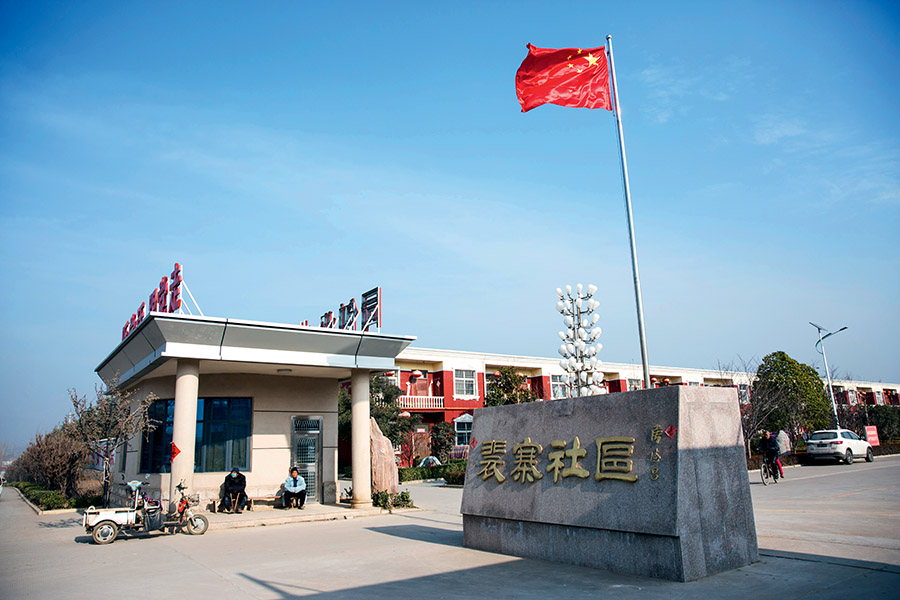
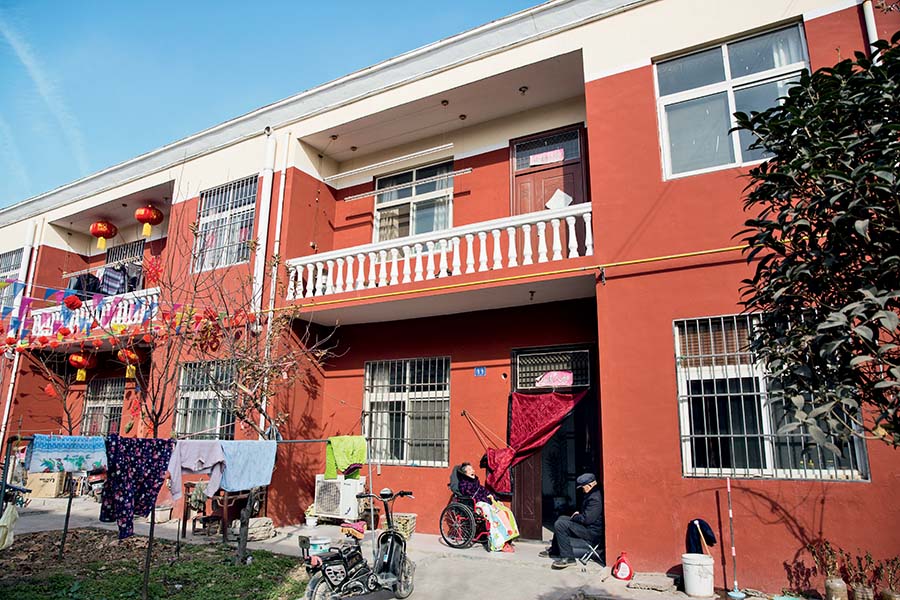
In 2005, villagers invited local-born entrepreneur Pei Chunliang, who was working elsewhere, to return to head the village committee. Since then, Pei has led his fellow villagers to dig deep wells, erect greenhouses and build commercial streets and reservoirs. By the end of 2016, annual per capita income in Peizhai reached US$1,450. In 2010, thanks to planning and promotion by the township government, 23 neighboring villages gradually united around Peizhai to form today’s Peizhai Community, home to over 15,000 people.
Fighting Drought
In the past, drought consumed Peizhai almost every year and was especially cruel during springtime. When water in local cellars ran dry, residents were left to borrow from neighbors. The whole village depended on a manual winding-rope well over 30 meters deep. The well water was hard. A new aluminum pot used to boil the water was usually covered in mineral deposits in less than a month.

When Pei Chunliang returned, he first built a 530-meter-deep well for daily use and a 5,000-cubic-meter pool at a cost of more than US$1.3 million, which came out of his own pocket. However, the new well didn’t provide as much water as they hoped. Pei proposed channeling water 100 kilometers from the Shimen Reservoir and storing it in their new reservoir. Since the development of efficient agriculture requires abundant water, Peizhai’s Party committee, villagers’ committee, and villagers’ representatives made a bold joint decision to dig a deep natural well in the old area of Peizhai and build a reservoir to channel water from another large reservoir 100 kilometers away.
Before construction on the reservoir broke ground, around US$140,000 was raised from locals and donations, including a US$11 donation from kids of Zhangcun Central Elementary School.
The new reservoir, full of hope more than water, faced great challenges in its first summer. Heavy rain pushed the poorly-protected dam foundation dozens of meters away. Watching their painstaking efforts across months washed down the drain, the villagers were heartbroken, and some even suggested they give up the efforts. Pei mobilized every Party member and official in the village to go door-to-door to encourage residents to persist. “As a village leader, I had to be firm on issues on which I knew we were right and help others keep the faith,” says Pei.
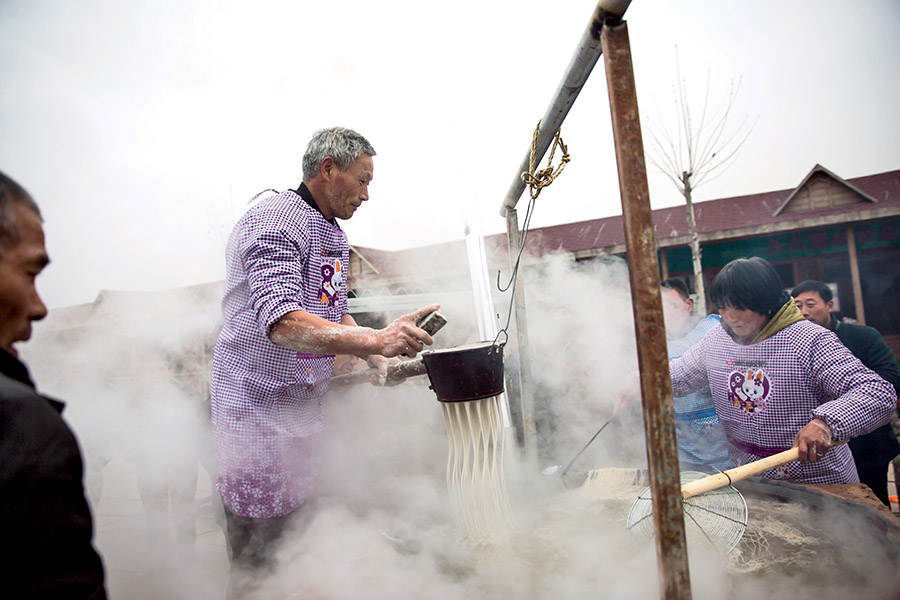
In late 2013, construction of the Peizhai Reservoir, with storage capacity of 800,000 cubic meters, was finally completed. Villagers set off firecrackers to celebrate, and the new structure began supplying water to more than 30,000 people in Peizhai and neighboring villages and 1,333 hectares of farmland and orchards.
Door to Wealth
In 2006, Pei invested US$4.4 million to level barren mountains south of the village and build new homes for more than 500 households. Two years later, locals bid farewell to clay dwellings that barely sheltered them from heavy rain and wind, and moved into new houses. Since then, Pei has shifted his focus to guaranteeing and improving local standards of living.
Peizhai people have survived by farming for generations, and agriculture remains tightly intertwined with their spiritual lives as much as it is materially. Pei Chunliang understood this factor as well as anyone. In 2010, 40 hectares of land in old Peizhai Village was reclaimed and fitted with solar and geothermal greenhouses to cultivate vegetables and flowers, which could enable growers to earn a hundred times as much as growing grain. However, the new, exotic equipment intimidated the villagers.

To calm villagers’ worries, Pei twice escorted about 30 villagers to their neighboring province, Shandong, to witness its advanced greenhouse-based agriculture system in action. Upon seeing the operations of their prosperous neighbor, some minds were changed, but others remained reluctant. Back in Peizhai, Party members took the lead in greenhouse cultivation. To help villagers, Pei Longxiang, deputy secretary of the Peizhai Party Committee, established a professional cooperative for vegetable and flower plantation to facilitate mutual aid between farmers. The cooperative provided farmers with seeds and planting technologies as well as sales services. Agricultural specialists were invited to guide local farmers. Now, efficient agriculture in the Peizhai Community covers about 100 hectares, up from 17 hectares in 2010. It features 750 greenhouses of various kinds and participation of over 1,200 villagers.
Even after the village’s agricultural development began booming, its central commercial street remained dilapidated. The bumpy, cracked, seven-meter-wide road was always crowded. Peizhai’s Party committee, villagers’ committee and villagers’ representatives agreed to bulldoze the beat-up street and expand its width to 25 meters. Shops were to be moved into new accommodations about the same size as the old structures. Some shopkeepers who had built new structures only a few years earlier were not willing to go and voiced strong opposition.
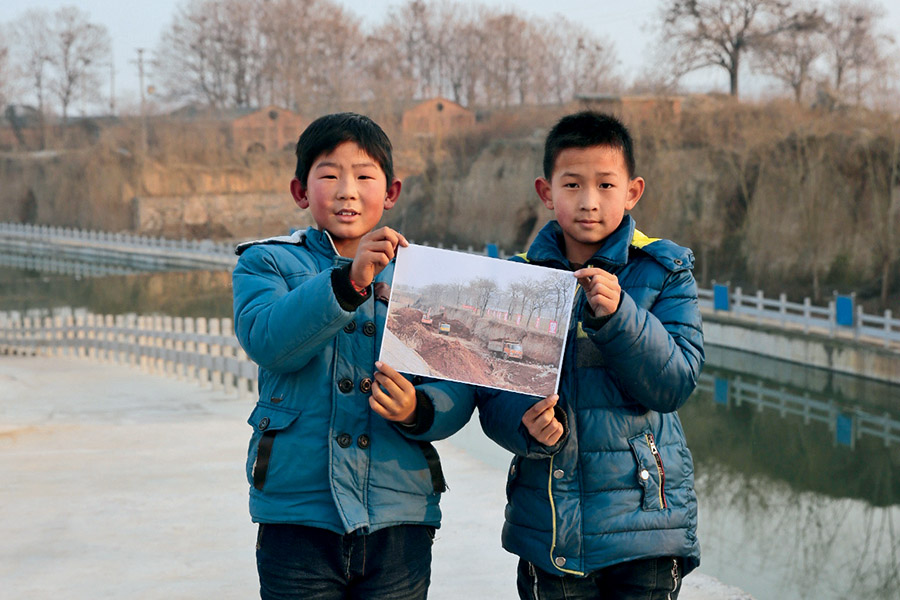
Pei Qingli, a member from the villagers’ committee who oversaw commercial street management, had a lot to say: “Families of many Party members owned shops and even I ran a small business selling daily-use commodities. My family opposed the demolition project, but I persuaded them to give it a chance. We can’t attract investors without improving the business environment. We have to make sacrifices to get business opportunities.” When Party members in the village took the lead and started tearing down their own shops, the other villagers began to follow voluntarily.
The old street was swept up into the dusts of bulldozers. Soon, over 900 modern shops lined a broad new avenue. Supermarkets, restaurants, beauty salons, and dance clubs opened one after another. In a flash, Peizhai’s commercial street became the most bustling area in Zhangcun Township.
Health over Wealth
A decade ago, the whole village was struggling so much to meet basic food and clothing needs that many Peizhai villagers couldn’t even afford vaccinating their kids at a price of one U.S. dollar per injection. Lack of modern medical and health knowledge has resulted in numerous tragedies in rural China. In Peizhai, high blood pressure related premature deaths were all too common. “For rural Chinese people, the death of a working-age adult can cause the collapse of a whole family,” laments Pei Chunliang. To avoid such tragedies, Peizhai Village painted health information on walls and built sports facilities like basketball courts and ping pong tables. Every year, doctors from big cities are invited to donate their time and skill to provide free health examinations for villagers. Recent years have brought a jump in longevity in the village, with seniors breezing past age 80 in a place where 70 was once a feat.
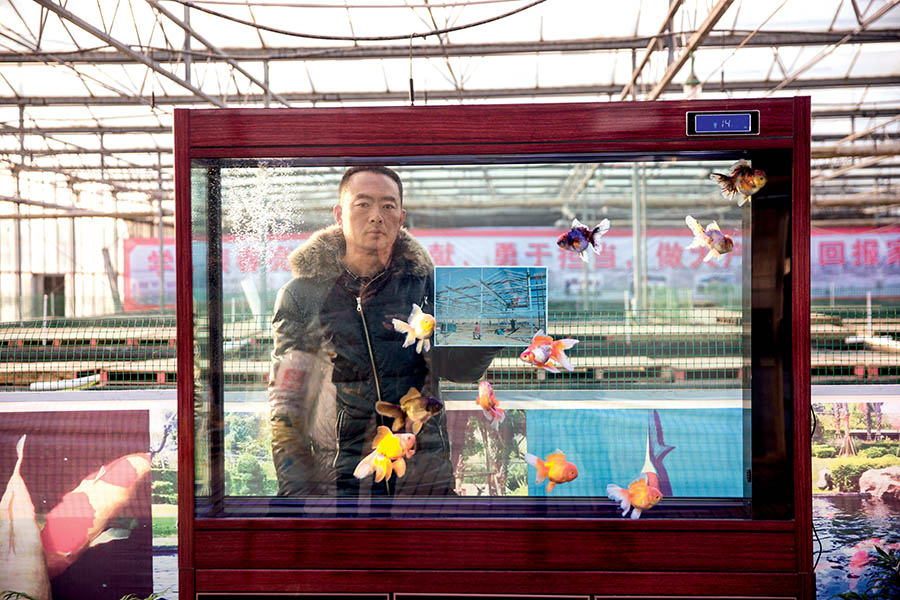
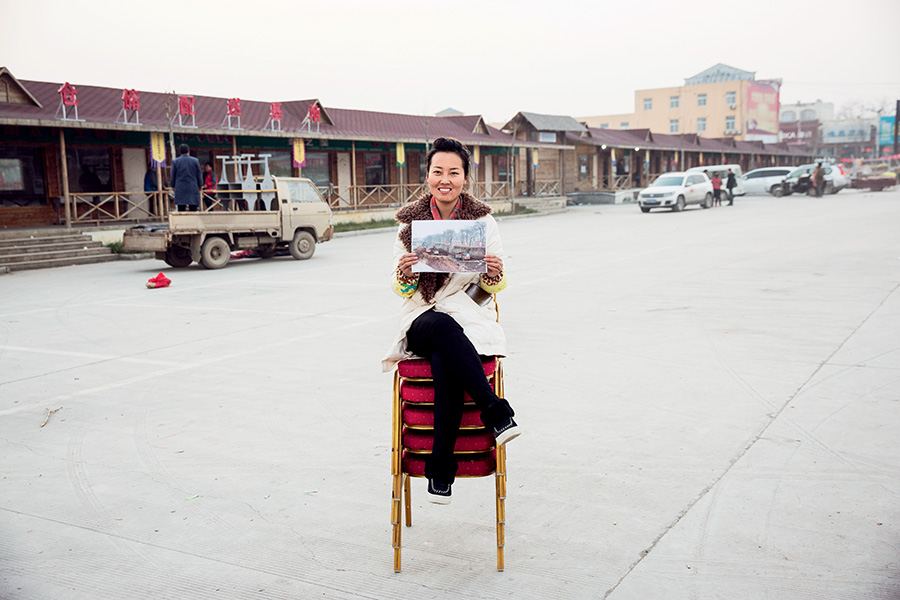
To maintain a sanitary living environment, Peizhai hires five people to handle sanitation work, waste classification and recycling. Party members and village officials spray herbal liquids around the village to ward off mosquitoes and other insects. Currently, the village is building a sewage treatment plant designed to recycle domestic wastewater and store it in the reservoir to be used for irrigation.
Pei Chunliang considers spiritual health just as imperative as physical health. When villagers’ material lives improve, so should their cultural lives. Peizhai’s “cultural corridor” features wide-ranging performances from Tuesday to Saturday. Elderly fans of Henan Opera from throughout the region can frequently be seen gathering there. Even outside municipal art troupes often visit Peizhai to perform. And local children receive “bonus” classes in singing, dancing and painting from two dozen university students who visit the village every summer and winter to teach.
Future Direction
Pei Chunliang has served as a deputy of the National People’s Congress, the supreme organ of state power in China, for nine consecutive years since his election in 2008. Every year, he takes motions on rural construction to the Great Hall of the People and brings back the latest government report to his fellow villagers.
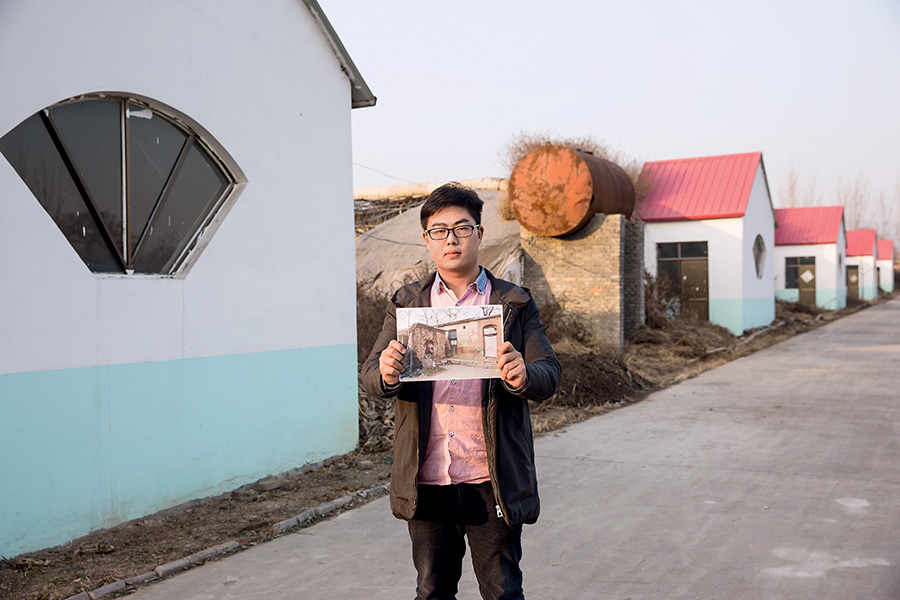
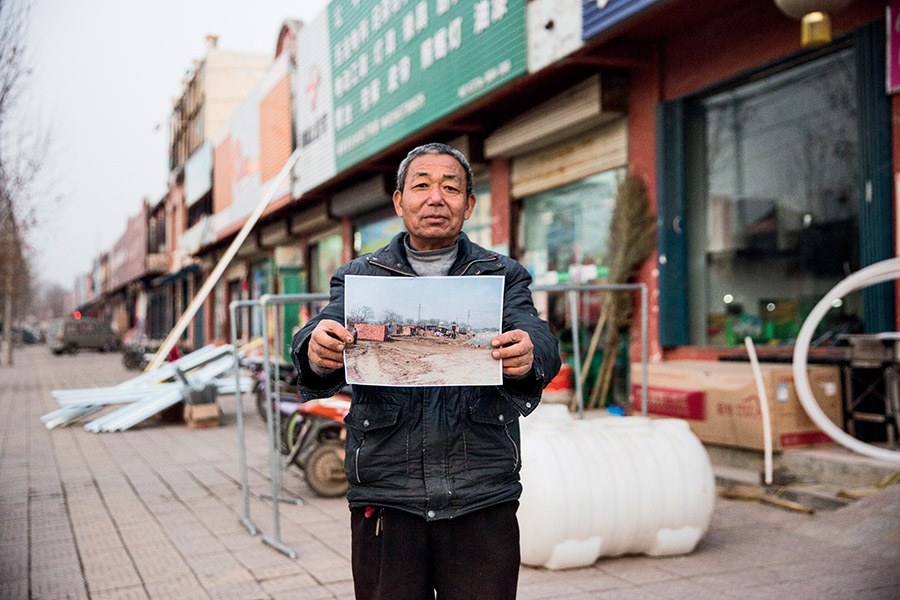
Coordinating with China’s 13th Five-Year Plan (2016-2020), Peizhai has developed its own village development plan for the next few years after open discussions. Along with plantation of fruit orchards, agenda items include introducing e-commerce, developing local tourism and red tourism—tours of China’s revolutionary sites and landmarks. Thanks to a special governmental grant, the Peizhai Community hired agricultural specialists to explore cultivation of experimental varieties of 14 different fruit trees. If this project yields results, the economic gains could exceed those of the greenhouses and further improve local lives.
At every annual villagers’ meeting before the Lunar New Year, Peizhai people reflect on their accomplishments in the past year and set the goals for the next. “We want everyone to have a clear idea of our future,” asserts Pei Chunliang. “With united minds and actions, anything is possible.”